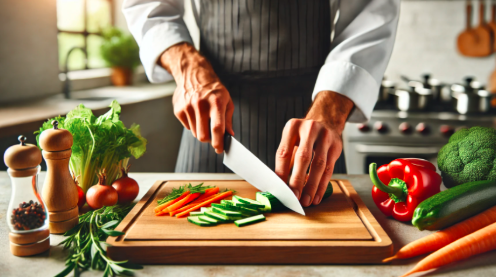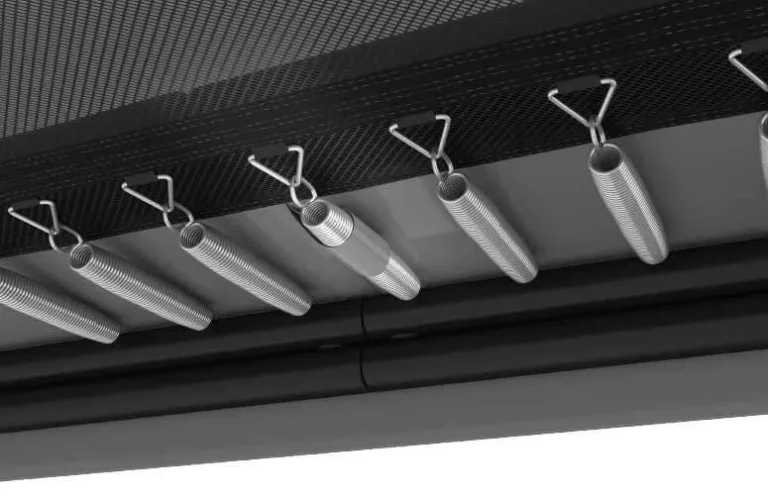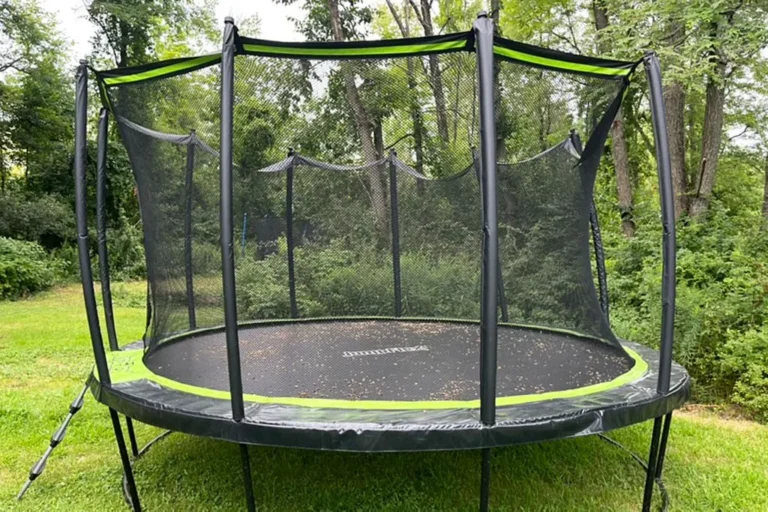
A cutting board is one of the most essential kitchen tools, but choosing the right one can be overwhelming. The best cutting board should be durable, easy to clean, and safe for your knives.
In this guide, we’ll explore different types of cutting boards, key factors to consider, maintenance tips, and top recommendations to help you make an informed decision.
1. Why Choosing the Best Cutting Board Matters
A good cutting board enhances your cooking experience, prevents cross-contamination, and protects your countertops. Investing in the right cutting board also extends the lifespan of your knives and makes food preparation easier and more hygienic.
2. Types of Cutting Boards
2.1 Wooden Cutting Boards
Wooden cutting boards are a favorite among professional chefs due to their durability and aesthetic appeal. They are self-healing, meaning minor cuts and grooves tend to close over time. Maple, walnut, and teak are among the most popular woods for cutting boards. However, they require regular oiling and handwashing to maintain their quality.
2.2 Plastic Cutting Boards
Plastic cutting boards are affordable, lightweight, and dishwasher-safe. They are non-porous, making them more resistant to bacteria than wooden boards. However, they tend to develop deep knife grooves over time, which can harbor bacteria if not replaced periodically.
2.3 Bamboo Cutting Boards
Bamboo cutting boards are eco-friendly and harder than traditional wooden boards. They are naturally antimicrobial and require less maintenance. However, their hardness can be tough on knives, causing them to dull more quickly.
2.4 Glass Cutting Boards
Glass cutting boards are non-porous and easy to clean but are not ideal for regular use. Their hard surface quickly dulls knife edges, and they can be prone to cracking or shattering if dropped.
2.5 Rubber Cutting Boards
Rubber cutting boards offer a non-slip surface, are easy on knives, and can be resurfaced by sanding. They are commonly used in professional kitchens due to their durability and easy maintenance.
3. Factors to Consider When Choosing the Best Cutting Board
3.1 Material
The material of the cutting board affects its durability, maintenance, and impact on knife sharpness. Wooden and rubber boards are knife-friendly, while plastic is easy to clean.
3.2 Size and Thickness
A larger cutting board provides ample space for chopping, while thickness affects stability. A 1.5-inch thick board is ideal for heavy-duty tasks, while thinner boards work well for light prep work.
3.3 Maintenance and Cleaning
Plastic boards can be washed in a dishwasher, while wooden and bamboo boards require handwashing and oiling. Regular maintenance ensures longevity and hygiene.
3.4 Safety and Hygiene
Avoid cross-contamination by using separate boards for raw meat, vegetables, and cooked foods. Many sets come in color-coded varieties to help with this.
4. Best Cutting Boards: Top Recommendations
| Cutting Board | Material | Best For | Pros | Cons |
| John Boos Maple | Wood | All-purpose | Durable, knife-friendly | Requires oiling |
| OXO Good Grips | Plastic | Meat & poultry | Dishwasher-safe, non-slip | Can develop grooves |
| TeakHaus | Wood | Heavy-duty chopping | Water-resistant, long-lasting | Expensive |
| Notrax Sani-Tuff | Rubber | Professional use | Easy on knives, resurfacing possible | Heavy |
| Epicurean Cutting Board | Composite | Everyday use | Lightweight, dishwasher-safe | Not as durable |
5. Maintenance and Care Tips for Cutting Boards
- Wooden boards: Hand wash with mild soap, dry immediately, and oil regularly with mineral oil.
- Plastic boards: Can be placed in the dishwasher; replace when deep grooves appear.
- Bamboo boards: Hand wash and occasionally oil with food-safe mineral oil.
- Rubber boards: Wash with soap and water; resurface if deep cuts appear.
6. Frequently Asked Questions (FAQs)
1. How often should I replace my cutting board?
Replace plastic boards when they develop deep grooves. Wooden and rubber boards can last for years with proper maintenance.
2. Can I use the same cutting board for meat and vegetables?
It’s best to use separate boards to prevent cross-contamination. Color-coded plastic boards are a great option.
3. Is a thicker cutting board better?
Thicker boards are more durable and stable, making them ideal for heavy-duty chopping.
4. How do I remove stains from my cutting board?
Use a paste of baking soda and water for wooden boards or bleach solution for plastic boards.
5. Are glass cutting boards safe?
Glass boards are safe but not recommended for frequent use, as they dull knives quickly and can be slippery.
7. Conclusion
Choosing the best cutting board depends on your needs, kitchen habits, and budget. Wooden and rubber boards offer durability and are knife-friendly, while plastic boards are easy to clean. Consider material, size, maintenance, and safety when selecting your board. By investing in the right cutting board, you can enhance your cooking experience and maintain a hygienic kitchen.
RELATED ARTICLES
The Ultimate Guide to MyLiberla.com Blog
Celebrities with Lipedema: A Comprehensive Guide






